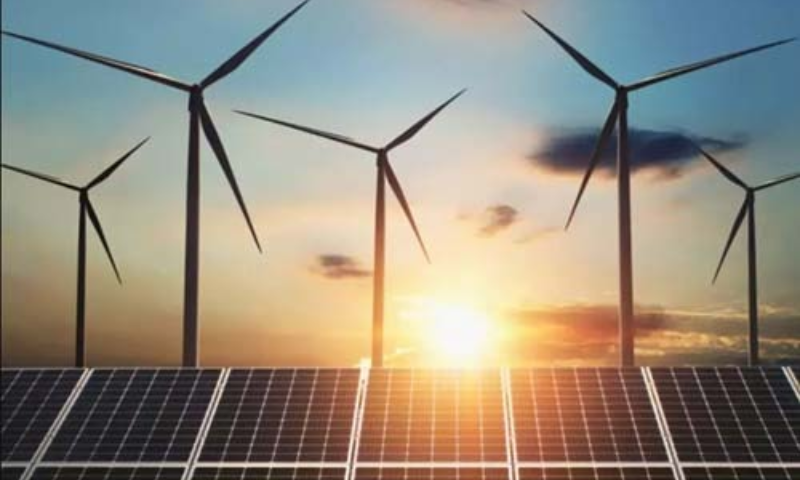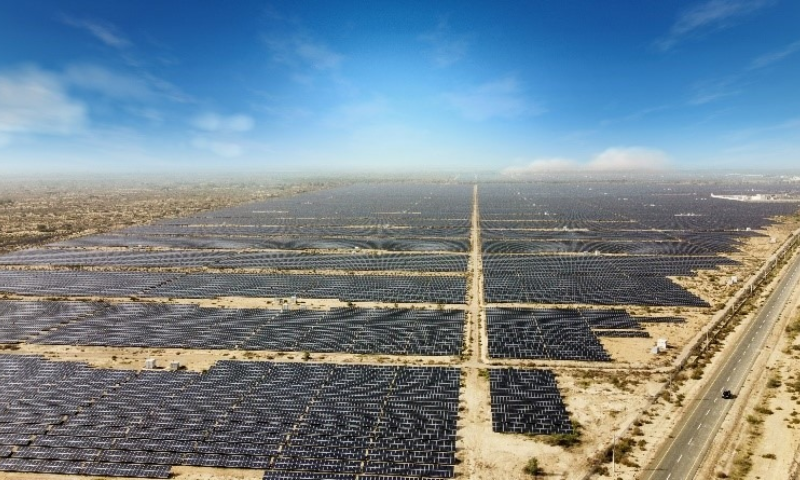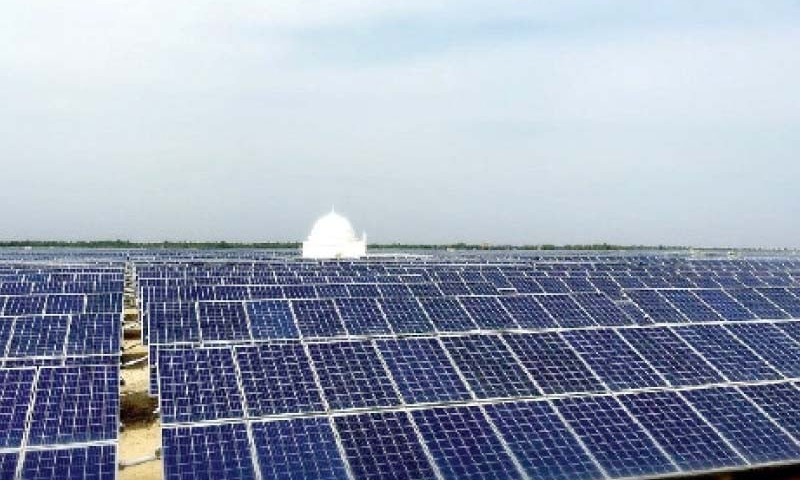ISLAMABAD: The Balochistan government, with the support of the Chinese government, has successfully completed the solarization of 12 educational institutions, computer laboratories, and hospitals. These facilities have been equipped with modern solar power facilities, marking a significant step towards sustainable energy solutions in the province.
The government has proposed various initiatives to further boost the share of solar energy in the country’s energy mix.
The solarization initiative is part of Balochistan’s efforts to harness its abundant renewable energy potential. Pakistan’s total technical solar and wind potentials in Balochistan are estimated at 2,900 GW and 340 GW, respectively. The province has the potential to implement over 14 GW of renewable energy within 5-10 years through least-cost pathways, including utility-scale photovoltaic (PV) plants of 9,500 – 11,500 MWp.

Balochistan’s geography, irradiance, and location make it one of Pakistan’s most high-potential provinces for renewable energy. With an estimated 36 percent of the province currently electrified, the solarization initiative holds immense potential for expanding access to electricity in Balochistan.
Balochistan Poised to Become Solar Energy Hub
The province is poised to emerge as the country’s leading solar power growth hub, with the potential to attract substantial investment in the renewable energy sector. The solarization project positions Balochistan as a key growth hub for solar power in Pakistan, with promising prospects for future development. However, the progress and development of Balochistan face challenges from anti-state elements acting at the behest of Pakistan’s enemies.
These elements aim to spread negativity and propaganda to hinder the province’s development and manipulate Baloch youth into joining militancy. Despite these challenges, the successful completion of the solarization project reflects the government’s commitment to advancing sustainable energy solutions and fostering development in Balochistan.

According to projections, Pakistan’s Solar Energy Market is expected to grow at a compound annual growth rate (CAGR) of 49.68 percent from 2023 to 2028, reaching 9.77 gigatonnes. Balochistan, in particular, holds immense potential for solar energy generation, with technical solar and wind potentials of 2,900 GW and 340 GW, respectively.
In a noteworthy development, the International Energy Agency (IEA) recently reported that solar energy is set to attract more capital investment than traditional oil for the first time ever. Against this backdrop, Pakistan finds itself at a crucial juncture, with the opportunity to secure a sustainable and clean energy future while capitalizing on the economic benefits associated with the global shift towards renewable energy sources.
Ali Majid, General Manager of leading global solar provider LONGi, stressed the importance of embracing clean energy technologies to achieve a sustainable future and reap the economic rewards of the transition to renewable energy.


























